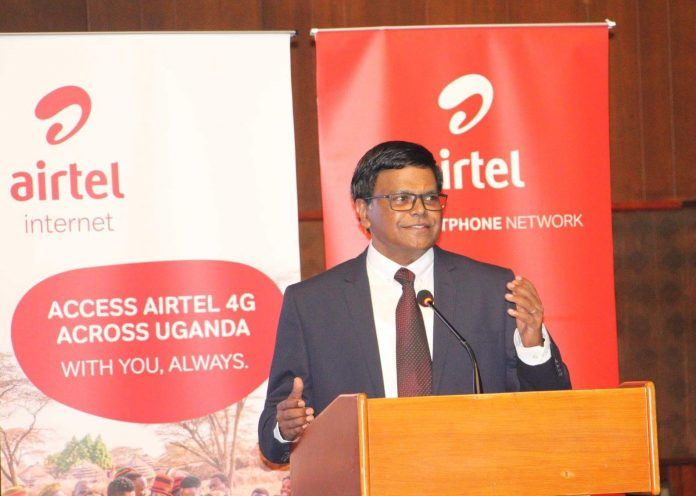Airtel Uganda has just launched the availability of the telco’s 4G LTE connectivity across the country, following a complete modernization of its network. It is not the first time we are learning about Airtel’s 4G service.
The company officially announced its 4G LTE service in September 2017 to join the likes of MTN, Africell, Smile Communications, and Vodafone (now defunct) that had already started offering 4G LTE internet technology in the country.
Airtel states that they currently have up to 1,632 sites and over 3,900 kilometers of fiber across Uganda covering close to 96% of the population.
Through this, it is much possible for subscribers around the country to enjoy and experience better internet based activities such as video conferencing, video calling, video streaming, gaming services and mobile internet access.
What Airtel’s 4G network mean for Ugandans?
The November 2017 regional appendix to the Ericsson Mobility Report predicted that LTE subscriptions will expand to 310 million by 2023 in Sub-Saharan Africa.
The prediction, based on the rise in mobile subscriptions in the region, looked at the optimization of service provider networks with more capacity and coverage.
For Uganda’s case, it is companies like Airtel Uganda that can boost the growth of WCDMA/HSPA and LTE network coverage while creating an equal distribution across the country. With that, you can be sure that Uganda will beat the 2023 prediction and be among the 310 million connected.
Part of the commendable job Airtel’s 4G network coverage has put forward is the availability of affordable smartphones that run on the network – like the most affordable 4G smartphone in Uganda.
If the other telcos can join in and serve the dish countrywide, maybe, we can reach 5G soon enough.

